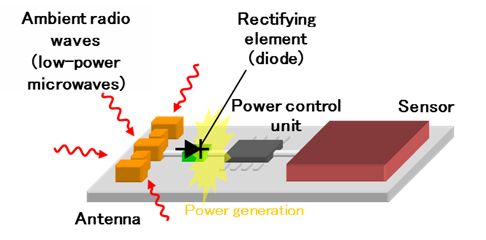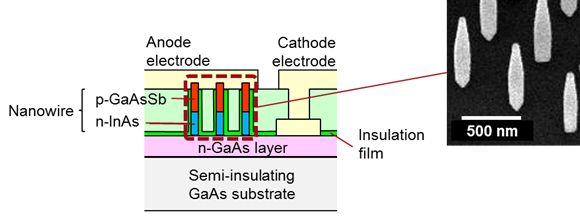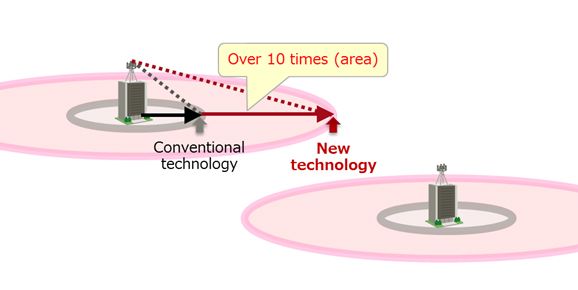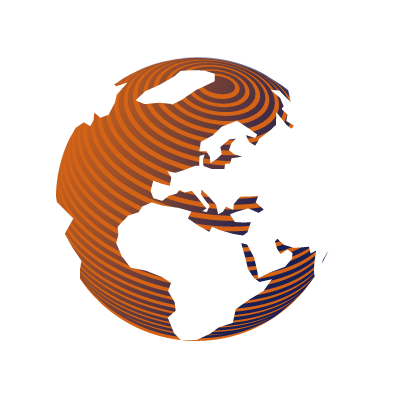One of the biggest technological steps to take place over the next decade is the arrival of the Internet of Things (IoT); a technological advance which research suggests may now rely heavily on the supply of nanowires.
Nanowires are described by nanotechnologists at MITas, “… slender structures that are only a few billionths of a meter in diameter but many thousands or millions of times longer. They exist in many forms - made of metals, semiconductors, insulators and organic compounds - for use in electronics, energy conversion, optics and chemical sensing, among other fields.”
Meanwhile the IoT is described by IBM as, “… the concept of connecting any device with an on/off switch to the Internet. The IoT is a giant network of connected things and people – all of which collect and share data about the way they are used and about the environment around them.”
Yet while we all wait and imagine exactly how having our fridge, car, and microwave connected to the Internet will improve the quality of our lives, technology specialists are busy working out how best to power these devices in remote locations.
One avenue of research is the capture and conversion of radio waves into electricity, and this is where the extraordinary properties of nanowires can play a key role.
Radio waves are present around us almost all the time. They are emitted from mobile phone base stations for use in communications. However, these ambient radio waves can be used to generate electricity using an antenna for collection and an element (diode) for rectification.
Usually, Schottky barrier diodes are used for this form of power conversion, as they utilize the rectification occurring at the junction formed between a metal and a semiconductor. However, as rectification characteristics slow down at extremely low voltages and as the size of the elements being used are bigger than several micrometers (µm), sensitivity to low-power microwaves weaker than microwatts (µW) is insufficient for electricity conversion.

This has created the challenge to find a diode that is sensitive enough to respond to the incredibly weak power from radio waves. The ability of a diode to perform effectively is based on its size and the ‘steepness of its rectification characteristics’.
By using nanowires, researchers from Fujitsu Limited, the Japanese Science and Technology Agency (JST), and the Tokyo Metropolitan University have developed a highly sensitive rectifying element and made the breakthrough needed to advance the IoT.
As the industry journal Nanowerk explains, “By using a nanowire in the form of a backward diode, which can covert low-power microwaves into electricity, the new technology [developed by researchers led by Kenichi Kawaguchi of Fujitsu Limited and Professor Michihiko Suhara of the Tokyo Metropolitan University] is expected to play a role in harvesting energy from radio waves in the environment, in which electricity is generated from ambient radio waves, such as those emitted from mobile phone base stations.”

While the technology behind the new nanowire-based diode is complex, the advantages are clear. As the Fujitsu press release announced, “This research group succeeded in forming a backward diode that:
1) possesses excellent rectification characteristics even within low voltage ranges in a nanowire.
2) has been miniaturized to a width of about one thousandth the width of a strand of hair. The newly-developed nanowire backward diode achieved a level of sensitivity more than 10 times higher than conventional Schottky barrier diodes.
3) possesses technology than can convert microwaves with a power level of 100 nanowatts (nW) to electricity.”
The result is a device with an effective range which is 10 times larger than previously possible (which corresponds to 10% of the area in which mobile phone communication is possible). Specifically, the press release reports that, “In the microwave frequency band of 2.4GHz, which is currently used for 4G LTE and Wi-Fi, a level of sensitivity was achieved that is 11 times that of a conventional Schottky barrier diode.”

This is a level of performance which makes it likely useable as a power source for sensors and transmitters for the IoT.
Work is ongoing, as the team focus on optimizing the diode’s design, as well as the efficiency of the antenna at collecting radio waves, while at the same time moderating power control to ensure constant voltage.
However, the researchers are optimistic that the use of nanowires in their diodes will gain the recognition it deserves, and so have formally presented their findings at the European Solid-State Device Research Conference (ESSDERC), held in Krakow, Poland in Sept 2019.
While no-one can be certain exactly what role the IoT will play in the future, it is now being predicted that nanowire backward diodes will be applied for converting plentiful ambient radio waves into energy for 5G and later 6G communication systems. They will serve as a reliable and literally ‘free-to-air’ power source for sensors, as well as contributing to battery-free sensors which are predicted to be used in the monitoring of infrastructure such as bridges, tunnels, and buildings.
